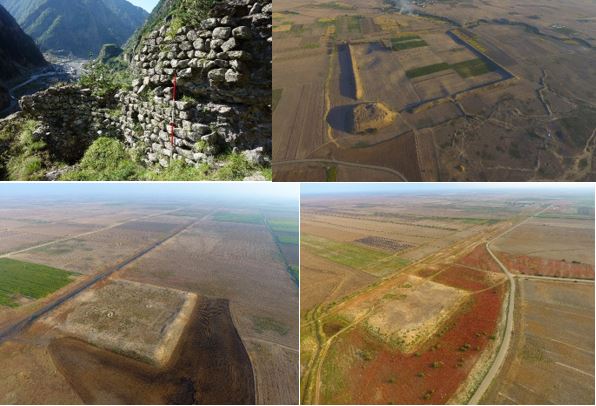Conferenza del
PROF. EBERHARD SAUER
University of Edinburgh - Oilthigh Dhùn Èideann
21 April 2022, ore 15
Sala conferenze del Dipartimento di Beni Culturali e webinar
The evolution of defensive architecture in the Sasanian Empire
by
Eberhard W. Sauer, Jebrael Nokandeh, Hamid Omrani Rekavandi, Lana Chologauri and Davit Naskidashvili
In the AD 220s a dynamic new dynasty emerged in Persia, which soon seriously challenged the old superpower of Rome in the west. Notably, the massive siege camp at Hatra provides insights into the military capabilities of the Sasanian Empire. Yet, it was not until the 4th century that inroads by new opponents in the north-east, north and south of the empire provided an incentive for a step-change in defensive efforts. In the 4th to early 5th century, we see the emergence of new forms of defensive monuments. Mountain gorges in the Caucasus were systematically blocked and massive fortifications provided safe bases for the field army. Defensive efforts accelerated in the 5th century, which saw the construction of further fortresses. Chains and networks of forts on the Gorgan Plain were subsequently supplemented by the late antique world’s longest fort-lined barrier. In the 5th to 6th century efforts continued to block all viable passes across the Caucasus. Much of this was accomplished in close collaboration with Persia’s allies, notably Iberia and Albania in Transcaucasia. Eventually, Sasanian Persia was the most heavily entrenched of all Near Eastern Empires in Antiquity, and the strength of its northern defences enabled it to project its might in the 7th century to the west. The less heavily defended south proved to be the empire’s Achilles heel in the end. In our time, with threats from the north once again looming large, this pivotal period of world history is once again of great contemporary relevance.
